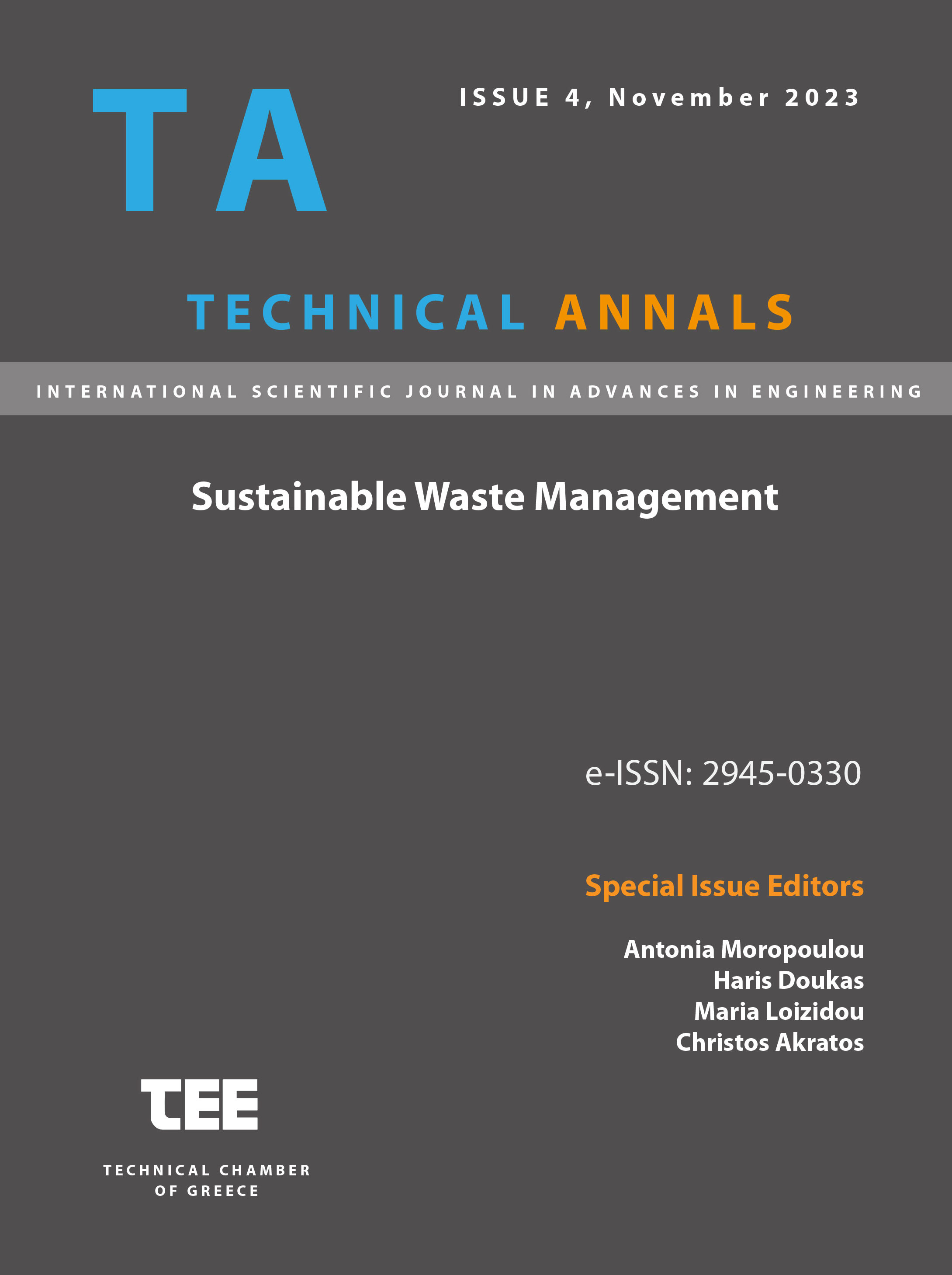Metal-organic frameworks (MOFs) as novel adsorbents for alternative fuel gas storage - A short review

Abstract
In this study, recent research papers have been studied, significant factors regarding metal-organic frameworks (MOFs) such as chemistry, crystalline structure, design, production process simplicity, yield optimization, as well as gas adsorption-delivery mechanisms and performance are discussed, and the potential for increased applicability is analyzed in view of a broader implementation of this class of materials as efficient new adsorbents for compressed hydrogen and natural gas storage. Indeed, a zero-carbon emission future, aimed at addressing the crucial problem of global warming and climate change, demands the use of sustainable and clean energy sources. In this context, hydrogen and natural gas are increasingly gaining attention, particularly as promising alternative vehicle fuels. In order to achieve truly sustainable transportation, however, these gases should not only be produced but also stored before their final consumption. Nevertheless, both hydrogen (H2) and natural gas (mainly CH4) possess volumetric energy densities much lower than that of gasoline, which poses a significant challenge regarding the storage of compressed gas in alternative vehicle fuel cells. For overcoming this barrier, an increase in onboard gas storage capacity is needed, in order to attain a driving range equivalent to that of conventional vehicles. One option for increasing the energy density is the gas storage onto a solid surface by physical adsorption through weak van der Waals interactions. MOFs, being considered solid materials for this purpose in recent years, are noteworthy because of their favorable adsorption properties, especially due to their high specific surface, pore volume, and gas affinity adsorption sites, as well as their appropriately tunable chemical composition and microstructure. Indeed, numerous MOFs, composed of a network of metal cations and clusters bridged by organic ligands, and synthesized by different methods ranging from conventional solvothermal synthesis to alternative processing techniques with reduced organic solvent utilization, are reported in literature. Many of them are currently being considered for increasing the hydrogen/natural gas storage capacities, either in relatively moderate-pressure onboard adsorbent-based fuel tanks or in high-pressure compressors at fuel delivery station infrastructures.
Article Details
- How to Cite
-
Karakasi, S., Frontistis, Z., Moustakas, K., Tsanaktsidis, C., & Karayannis, V. (2023). Metal-organic frameworks (MOFs) as novel adsorbents for alternative fuel gas storage - A short review. Technical Annals, 1(4). https://doi.org/10.12681/ta.36839
- Section
- Material Science and Engineering

This work is licensed under a Creative Commons Attribution-NonCommercial-ShareAlike 4.0 International License.


